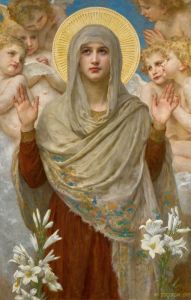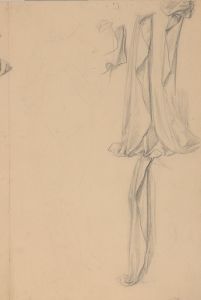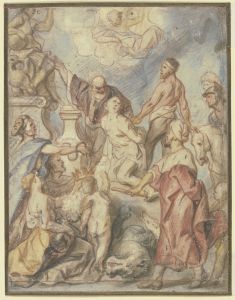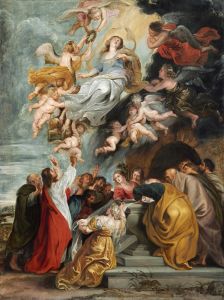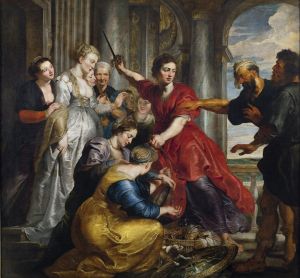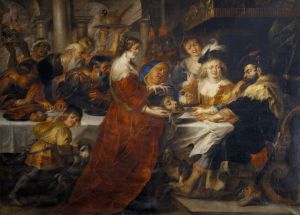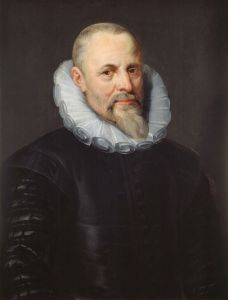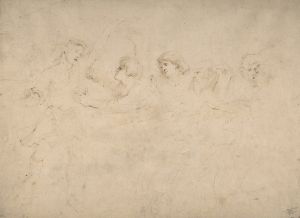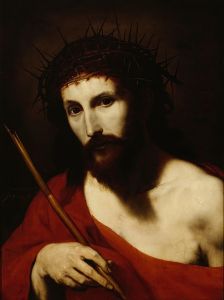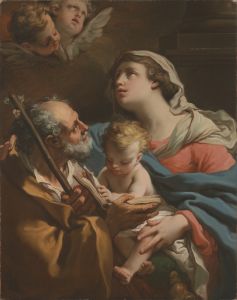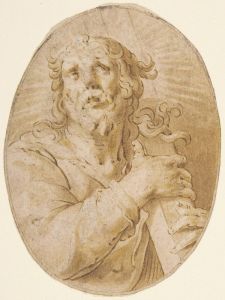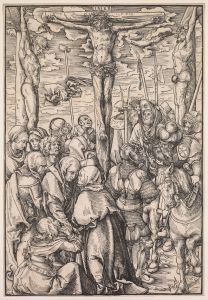
Ecce homo
A hand-painted replica of Peter Paul Rubens’s masterpiece Ecce homo, meticulously crafted by professional artists to capture the true essence of the original. Each piece is created with museum-quality canvas and rare mineral pigments, carefully painted by experienced artists with delicate brushstrokes and rich, layered colors to perfectly recreate the texture of the original artwork. Unlike machine-printed reproductions, this hand-painted version brings the painting to life, infused with the artist’s emotions and skill in every stroke. Whether for personal collection or home decoration, it instantly elevates the artistic atmosphere of any space.
Peter Paul Rubens, a prominent Flemish Baroque painter, created several works depicting the theme of "Ecce Homo," a Latin phrase meaning "Behold the Man." This phrase refers to the moment in the New Testament when Pontius Pilate presents a scourged Jesus Christ to the crowd before his crucifixion (John 19:5). Rubens, known for his dynamic compositions, vivid use of color, and emotional intensity, approached this subject with his characteristic style, emphasizing the drama and humanity of the scene.
One of Rubens' "Ecce Homo" paintings is believed to have been created in the early 17th century. The work portrays Christ crowned with thorns, his body marked by the wounds of his scourging. He is often shown wearing a red or purple robe, symbolizing mockery of his claim to kingship. Rubens' depiction captures the suffering and dignity of Christ, a hallmark of his religious works. The painting also typically includes figures such as Pilate, soldiers, or members of the crowd, whose expressions and gestures heighten the emotional tension of the moment.
Rubens was deeply influenced by the Italian Renaissance and his time in Italy, where he studied the works of masters such as Michelangelo, Titian, and Caravaggio. These influences are evident in his "Ecce Homo" compositions, which combine the grandeur of High Renaissance art with the emotional immediacy of the Baroque style. His ability to convey complex emotions and narratives made him one of the most sought-after painters of his time.
The exact details of the specific "Ecce Homo" painting by Rubens, such as its current location or provenance, may vary depending on the version in question, as he and his workshop produced multiple works on this theme. Some of these paintings are housed in major museums or private collections, while others may have been lost or remain unidentified.
Rubens' "Ecce Homo" paintings reflect his mastery of religious art and his ability to evoke both the physical suffering and spiritual significance of Christ's Passion. These works continue to be admired for their artistic and emotional power, as well as their contribution to the Baroque tradition.





